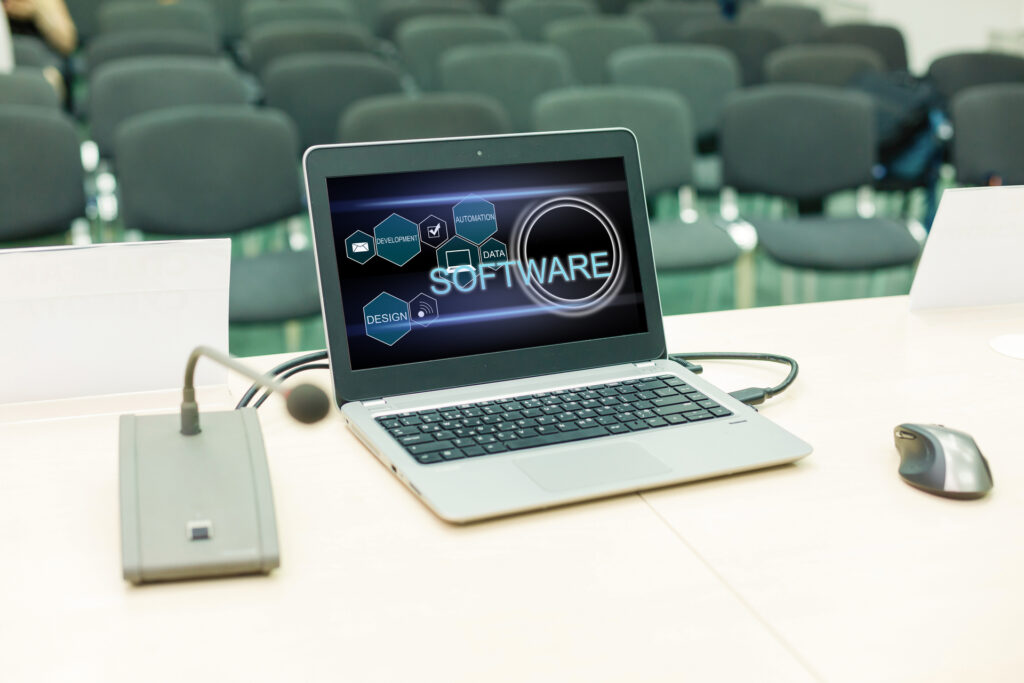Table of contents:
We all know that a product discovery session is a road map that ensures the success of a product. Harvard Business Review findings reveal that over 80% of products fail to achieve market success. The lack of proper product discovery techniques is the cause of this failure. Businesses often struggle to navigate the correct path toward product development, resulting in unsuccessful outcomes.
To realize amazing results from this strategy, you need to apply efficient methods at each stage of your workflow. Using product discovery techniques provides invaluable insight for you to develop potential solutions for your product.
Of course, there are a variety of methods available for your discovery session, but in this article, we’ll focus only on the most effective strategies to make sure your product meets both customer and market demands. Let’s get started.
A Brief Overview of the Product Discovery Process
The product discovery phase is the first stage when building a product. In this phase, your focus is on comprehending your users’ needs, challenges, and how your product will address these issues. This enables you to develop solutions specifically tailored for your target users. The project discovery process follows four steps:
- To learn and understand
- To define and decide
- To ideate and validate
- To deliver
With that in mind, let’s now look into the five techniques that supercharge your digital product discovery for amazing results.
5 Product Discovery Techniques for Amazing Results
For you to properly understand each step of the discovery phase, we have compiled six techniques for you to consider while gathering insights to make informed decisions during your discovery stages.
#1 Customer Interviews
Customer feedback drove Spotify’s discovery of the immensely popular Discover Weekly feature. Through insightful customer interviews, Spotify identified that users were dedicating an average of 3.5 hours per week to curating custom playlists, yet still felt inundated by the sheer number of musical choices available. This revelation prompted Spotify to innovate and create an algorithmic playlist feature, which presently caters to over 100 million users on a weekly basis.
You can simply learn what your customers need by asking them directly. Interviews are a straightforward means of asking potential customers relevant questions. From these questions, you can gather qualitative responses that help you understand their struggles, motivations, and desired outcomes. For example, you can engage potential customers in a conversation to find out the things they do daily, the challenges they face, and possible solutions they desire.
Using this early during the discovery stage can help you explore various problems and validate your assumptions. You get to hear the opinions, thoughts, and feelings of different users during the customer interviews, which gives you clarity and enables you to prioritize accordingly. Although it might take time and a beneficial amount of money for you to organize and conduct, it is a major contributor to the learning and understanding phase of your digital product discovery.
#2 User Surveys
In general, surveys with fewer questions have higher completion rates. Surveys with 1-3 questions had an average completion rate of 83.34%, which dropped to 65.15% for surveys with 4-8 questions, 56.28% for surveys with 9-14 questions, and 41.94% for surveys with 15 or more questions.
Conducting surveys that help you get to know your users’ needs and struggles better is a fantastic technique. You can ask a variety of questions to a large number of users to gain insights into various aspects of their preferences, behaviors, and perceptions. Asking open-ended questions for your surveys is a format that will encourage your users to share their sincere opinions and provide relevant feedback. You can ask the following types of questions to gain meaningful insights:
- What are the biggest challenges you face in solving [a specific problem the product addresses]?
- How do you currently solve this problem? What tools or methods do you use?
- What features are most important to you in a [product category]?
- How often do you use [similar products]?
- How do you feel about the tools you currently use?
- Would you find [specific feature] useful? Why or why not?
You can use these product discovery questions to gain a broader perspective on a decision you need to make. It’s similar to having a hypothesis about a product’s feature, which you need to test at scale to confirm users’ interest.
#3 Prototyping and Usability Testing
Forrester’s research reveals that organizations investing in early-stage prototyping experience a 50% reduction in development timelines and a 30% reduction in costs during later stages of project implementation.
When Instagram was developing their Stories feature, they created a basic prototype that allowed users to post photos that disappeared after 24 hours. During testing, users repeatedly tried to draw on their photos, leading Instagram to include drawing tools in the final release. This feature now has over 500 million daily active users.
Creating a simple version of your product is yet another technique to validate your hypothesis before you develop the end product. Often, you create this prototype with only the initial product design features and core functionalities. You create this simple version to test it with real users, tweak it, and iterate based on their feedback.
Using this technique in the project discovery process helps you understand how users interact with your project so you can make necessary edits before investing resources. You should be able to run usability, performance, security, and other types of software tests to be sure your product functions optimally as expected before development begins.
#4 Competitive Analysis
During the transitional phase from DVD rentals to streaming, Netflix conducted a competitive analysis that identified Blockbuster’s primary weakness as late fees, a widely disfavored practice among customers. Leveraging this insight, Netflix structured their subscription model without late fees, positioning it as a critical differentiator in their path to success.
Your competitors develop similar products as you do. You can also learn how your users feel about your competitor’s products and services. That is why you should take a close look at similar products on the market to identify gaps or opportunities that are available. Evaluating your competitor’s products from a user’s perspective will help you understand their strengths and lapses.
You can take advantage of those gaps by improving your product and learning from their weaknesses to avoid making the same mistakes. This technique is crucial during the early stage of your project discovery phase to inform product changes or adjust prices. You should also use competitive analysis when you want to identify your unique value proposition (UVP) and understand the market forces at play.
#5 Journey Mapping
Companies using customer journey mapping report a 54% greater return on marketing investment. Starbucks used journey mapping to improve their mobile order and pay feature. They discovered that customers were frustrated when arriving at stores to find their drinks weren’t ready. By mapping the entire journey, from app order to pickup, they identified the need for more precise pickup time estimates and in-app notifications, leading to a 20% increase in mobile order satisfaction.
Visualizing what your users’ experience will be like while interacting with your product from start to finish is an effective technique. You can begin your plotting from the point at which your users interact with your product, followed by the actual interaction.
This journey mapping method will give you an insight into the key moments that influence user satisfaction and difficult areas where they feel stuck or frustrated. You can develop journey maps during the prototype or when creating a new feature to understand the user’s perspective and make targeted improvements.
How We Can Help
North South Tech transforms your product discovery phase into a refined, data-driven journey. We implement customer interviews, targeted surveys, and advanced prototyping methods—proven techniques that have led to breakthroughs like Spotify’s Discover Weekly and Instagram Stories.
Using the same methodologies that reduced development timelines by 50% for leading companies, we guide products from concept to market-ready solutions. We’ve seen how journey mapping alone increases marketing ROI by 54%, and we bring this precision to every project.
If your business is determined to be among the 20% of products that succeed in the market, let’s begin your product discovery phase. Schedule a consultation through our website and see how these battle-tested product discovery techniques can shape your next successful product. Our expertise, fueled by data, ensures the delivery of outcomes.






